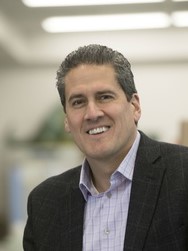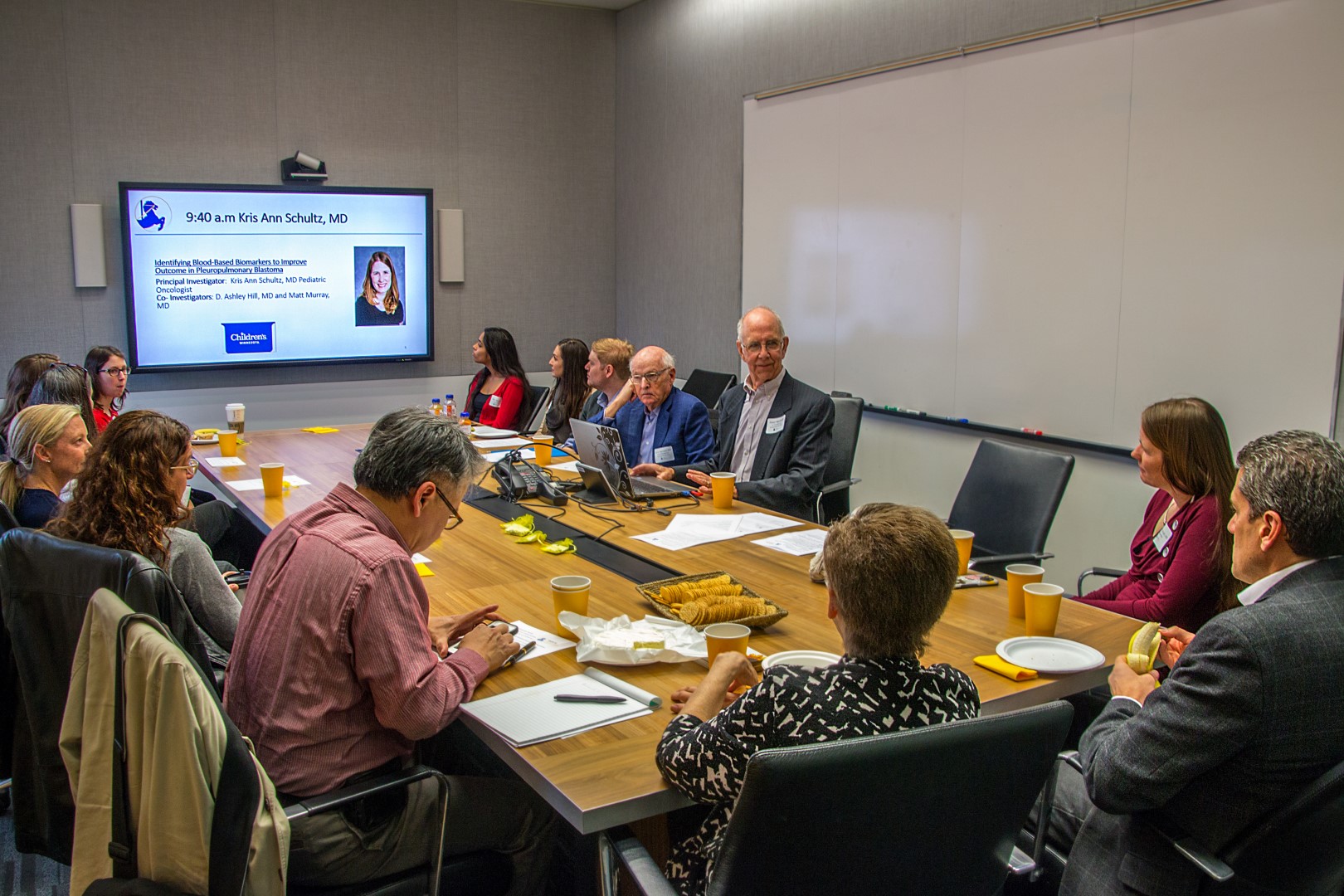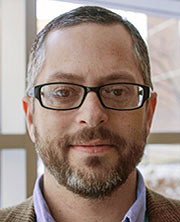
Could you ever imagine sarcoma cancer, with a fairy tale ending? University of Minnesota Professor and cancer geneticist Dr. David Largaespada is working hard to make this happen. Through creative collaboration with others at the University and supported in part by RIS, Dr. Largaespada seeks both to better understand how cancer grows in people and to find new ways to stop it. He is drawn to sarcoma in part because it affects young people, and also because it is understudied. There are “more ideas than ever” being tried against the more common cancers. Dr. Largaespada would like to try these ideas against sarcoma cancer, as well. He expects to see “exciting new research in the near future.” To learn more about these possibilities, click here.
David Largaespada received his Ph.D. in Cellular and Molecular Biology at the University of Wisconsin-Madison in 1992, then did a postdoctoral fellowship at the National Cancer Institute, and finally joined the University of Minnesota in 1996. He holds a joint appointment as Professor in the Department of Genetics, Cell Biology and Development and in the Department of Pediatrics. His cancer research has received national attention, with publication in elite scientific journals and funding support from the National Institutes of Health. Several years ago, through a confluence of happenings, Dr. Largaespada began turning his talents towards sarcoma cancer.
You may have seen headlines about Largaespada’s unique model for identifying the genetic changes that could cause cancer, titled “Sleeping Beauty” because it uses awakened genetic material that was inactive for millennia. If you wish to learn more about this work, just type “largaespada sleeping beauty” into your favorite search engine. You could read for hours! What I will tell you about this work is that it led Dr. Largaespada, ultimately, to us.
When he began using the Sleeping Beauty model, sarcomas were among the first cancers Largaespada found. He looked around the University and saw that others were working with sarcomas. He has long had an interest in pediatric cancers, and felt that sarcomas were understudied. For all these reasons, Dr. Largaespada and his lab began to consider sarcoma. Currently, they have projects underway to apply the Sleeping Beauty model to both osteosarcoma and rhabdomyosarcoma. Through this model, they seek to identify those precise genetic changes in a normal bone or muscle cell that lead to the growth and spread of cancer. Identifying these changes may allow doctors to provide more effective cancer treatments and may provide scientists with new ideas for stopping cancer.
Dr. Largaespada conducts other sarcoma research, as well. One goal is to improve the speed and precision with which potential new treatments could be tested. Largaespada’s lab is working with vectors, which can be thought of as cargo trucks that carry certain types of genetic material into cells. His graduate student Brandon Moriarity is making “a really fancy cargo truck.” If they succeed, they may be able to match up the genetic changes in a particular tumor with the drugs that will offer the best chance for a response. This information can be really important in the clinic, to allow doctors to give the most effective treatments to their patients. The more scientists learn about cancer, the more they understand that each person’s tumor develops in a unique way. The genetic changes within the tumor may be more important than the body part where it first appeared. This may require scientists and pharmaceutical companies to have “a new way of thinking” about how to develop treatments. And perhaps, it could open new possibilities for sarcoma patients.
In 2010, Dr. Largaespada and his colleague Dr. Bridget Charboneau used their RIS grant to build upon literature suggesting that certain fibroblast growth factors may be important in causing rhabdomyosarcoma. When they blocked the action of these growth factors in the lab, the cancer cells did in fact slow down. When they also blocked an insulin growth factor, as well, the cancer cells slowed down even more. Although there are not drugs available right now to achieve all this blocking in people’s bodies, Dr. Largaespada is talking with Dr. Brenda Weigel about the possibilities.
This balance, between basic science research and clinical application, is important to Dr. Largaespada. He firmly believes we need more basic information about the process of cancer development. “On the other hand,” he said, “I’m impatient, like a lot of people.” Against the more common cancers, there are “more ideas than ever before” being tried in people. In case the answer to sarcoma is “already sitting right there,” Dr. Largaespada says: “Let’s try it.”
And trying it, he is. Every other week, Dr. Largaespada meets with a group including physicians Drs. Denis Clohisy, Keith Skubitz and Brenda Weigel and scientists Drs. Logan Spector and Subbaya Subramanian, all working together to find better treatments for sarcoma cancer. At the close of our interview Largaespada said, “I would like to have emphasized the fact that we’ve organized ourselves and created this sarcoma program.” There is a “community of labs” and a collaboration among people. “I expect lots of exciting research in the near future,” he said. And we are hopeful!
Click here for more info on Dr. Largaespada’s research lab
By Christin Garcia


